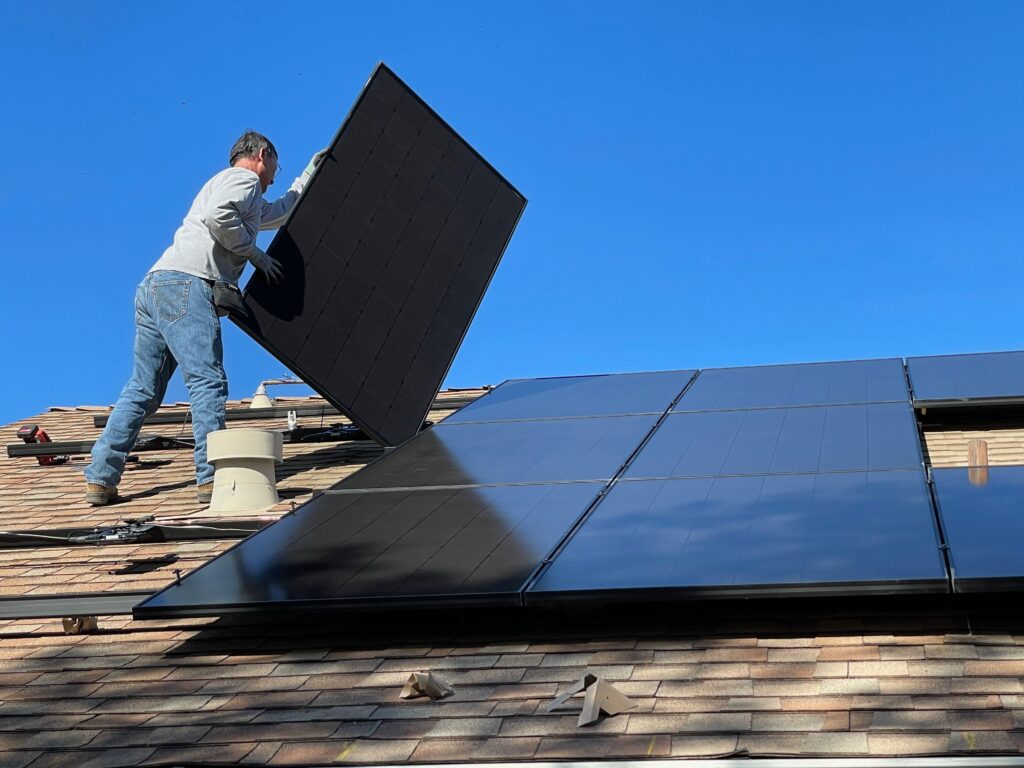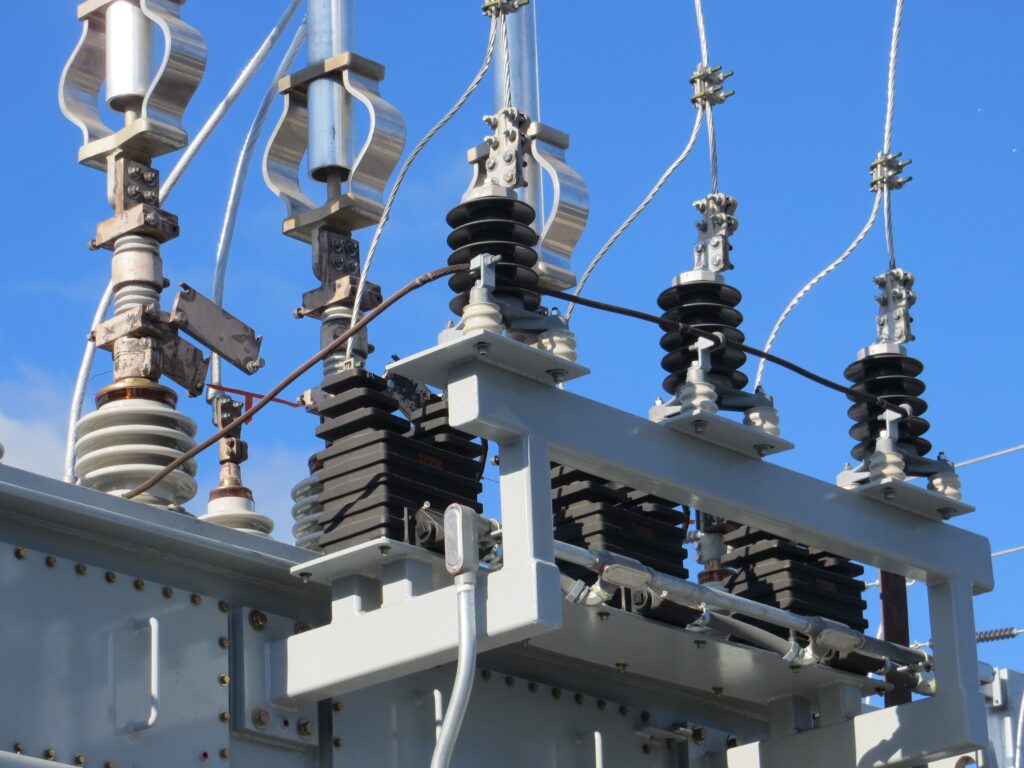Are you in the process of finding the perfect generator for your 200 amp house? Look no further! In this article, we will help you determine exactly what size generator you need to power your home efficiently and effectively. Whether you’re facing a power outage or simply looking for a reliable backup power source, we’ll break down the key factors to consider so that you can make an informed decision. Say goodbye to uncertainty and hello to a generator that meets all your power needs!

Understanding Generator Capacity
Basics of Generator Output
When it comes to generators, understanding their capacity is crucial to ensure that you have enough power to meet your needs. The output of a generator refers to the amount of electricity it can produce. This is typically measured in kilowatts (kW) or kilovolt-amperes (kVA). The higher the output capacity, the more electrical devices and appliances the generator can power simultaneously.
How Output is Measured
Generator output is measured in terms of both continuous and peak loads. Continuous output refers to the power that the generator can sustain over an extended period of time. Peak load, on the other hand, refers to the maximum power that the generator can handle for a short duration, usually a few seconds, to accommodate for sudden power spikes.
Understanding House Electrical Load
Basics of Electrical Demand in a Household
To calculate the appropriate generator size for your 200 amp house, it is important to understand the basics of electrical demand in a household. Electrical demand refers to the total power requirements of all the appliances and devices in your home. These requirements are typically measured in terms of watts (W) or kilowatts (kW). Each electrical device has an individual power rating, which indicates the amount of power it consumes when in use.
Factors influencing Electrical Demand
There are several factors that can influence the electrical demand in a household. The size of the house, the number and type of appliances, and the lifestyle of the occupants all play a role in determining the overall electrical load. For example, a larger house with multiple air conditioning units, refrigerators, and other power-hungry devices will have a higher electrical demand compared to a smaller house with fewer appliances.

Role of a 200 Amp Service Panel
Function of the Service Panel
The service panel, also known as the main breaker panel or distribution board, is an essential component of your home’s electrical system. It serves as the central hub for incoming power from the utility company and distributes it to various circuits throughout your house. The service panel also includes the main breaker, which controls the total electrical load that your house can handle.
Meaning of a 200 Amp Panel
A 200 amp service panel refers to the maximum amount of electrical current that your house can safely handle. This is indicated by the rating of the main breaker in the service panel. A 200 amp panel can provide a total of 200 amps of current to all the circuits in your house. It is important to ensure that your generator is capable of matching this capacity to avoid overloading the electrical system.
How to Calculate Your House’s Load
Finding Ratings on Appliances
To accurately calculate the load of your house, you need to determine the power ratings of all the appliances and devices that you plan to power with the generator. These ratings can typically be found on the appliance itself or in the user manual. The power rating is usually indicated in watts or kilowatts. Make a list of all the appliances and their respective power ratings.
The Role of Voltage
Voltage is another important factor to consider when calculating your house’s load. In North America, the standard voltage is 120 volts for residential applications. However, some appliances, such as large air conditioners or well pumps, may operate at 240 volts. It is essential to account for the correct voltage when calculating the load, as it affects the power requirements of the appliances.
Manually Calculating Your Home’s Load
Once you have gathered the power ratings of all your appliances and have accounted for the correct voltage, you can manually calculate your home’s load. Simply add up the power ratings of all the appliances, taking into account any appliances operating at 240 volts. This will give you an estimate of the total electrical load in your house, measured in watts or kilowatts.

Estimating Generator Size for 200 Amp House
Picking Essential Circuits
When sizing a generator for a 200 amp house, it is important to prioritize essential circuits that you want to power during an outage. These circuits typically include the lights, refrigerator, heating or cooling systems, and other crucial appliances. By selecting these essential circuits, you can ensure that the generator can handle the most critical electrical load in your house.
Estimating Surge Loads
In addition to the continuous load, it is also important to consider surge loads when estimating generator size. Surge loads occur when appliances start up and require a brief surge of power to get running. Appliances like air conditioners and washing machines are known to have higher surge loads. Make sure to account for these surge loads in your calculations to ensure the generator can handle the initial power spike.
Final Calculation for Generator Size
To obtain the final calculation for the generator size, add the continuous load and surge loads together. This will give you the total power requirements in kilowatts. It is recommended to choose a generator with a capacity slightly higher than the calculated load to provide a buffer and ensure that the generator can handle any unexpected power demands.
Types and Features of Suitable Generators
Whole House Generators
whole house generators are designed to power your entire home during an outage. They are usually permanently installed and connected to your home’s electrical system. These generators have a high output capacity and can handle the full electrical load of a 200 amp house. They are a reliable and convenient option for homeowners who prioritize uninterrupted power supply.
Portable Generators
portable generators provide a flexible and portable power solution. They are typically smaller in size and have a lower output capacity compared to whole house generators. Portable generators are suitable for powering a few essential circuits or appliances during an outage. They are a cost-effective option for homeowners who want backup power but do not require the capacity to run the entire house.
Standby Generators
Standby generators are a permanent backup power solution that sits outside your home, similar to whole house generators. They operate automatically and can detect power outages, starting up within seconds to provide uninterrupted power. Standby generators are designed to handle the full electrical load of a 200 amp house and are a reliable choice for homeowners who value convenience and peace of mind.
Generator Features Worth Considering
When choosing a generator, there are several features worth considering. Automatic transfer switch (ATS) is an important feature that allows the generator to seamlessly switch to backup power when a power outage occurs. Electric start and remote monitoring capabilities can also enhance ease of use. Additionally, noise levels and fuel efficiency may be important factors to consider for the overall comfort and cost-effectiveness of operating the generator.
Importance of Sizing a Generator Correctly
Effects of An Overpowered Generator
Using an overpowered generator can lead to inefficient fuel consumption and excessive wear and tear on the generator itself. Oversized generators operating below their optimum load can suffer from “wet stacking,” a condition where unburned fuel accumulates in the exhaust system. This can result in decreased performance, increased maintenance needs, and potential damage to the generator.
Problems with Using an Underpowered Generator
Conversely, using an underpowered generator can lead to overload situations, causing the generator to trip or fail to provide enough power for the required load. This can result in potential damage to appliances or devices, loss of power, and inconvenience during an outage. It is crucial to size the generator correctly to ensure a reliable and efficient power supply during emergencies.
Safety Considerations When Using A Generator
Proper Grounding and Ventilation
When using a generator, it is vital to ensure proper grounding and ventilation. Generators produce potentially hazardous exhaust fumes, including carbon monoxide, which can be deadly if inhaled in high concentrations. Always place the generator outdoors in a well-ventilated area away from doors, windows, and vents. Additionally, ground the generator to minimize the risk of electric shock.
Keeping Generator Dry
Generators should always be kept dry to avoid electrical hazards. Never operate a generator in wet conditions or touch it with wet hands. Moisture can damage electrical components and increase the risk of electric shock. If the weather conditions are wet, consider using a weatherproof generator cover or shelter to protect the generator.
Using Certified Extension Cords
When connecting appliances or devices to the generator, always use certified extension cords designed for outdoor use. These cords are typically heavy-duty and have the appropriate power ratings to handle the electrical load. Avoid using regular household extension cords, as they may not be capable of safely carrying the required current, potentially leading to overheating and fire hazards.
Professional Help For Sizing and Installation
Hiring Electricians or Technicians
If you are unsure about the generator sizing process or the installation procedures, it is recommended to seek professional help from licensed electricians or generator technicians. These professionals have the knowledge and experience to accurately assess your electrical needs and ensure that the generator is properly installed. They can also provide guidance on selecting the right generator for your 200 amp house.
Services Provided and Cost
Electricians and technicians can assist with load calculations, recommend suitable generator sizes, handle the installation process, and provide ongoing maintenance and support. The cost of their services may vary depending on the complexity of the installation and the specific requirements of your house. It is advisable to obtain multiple quotes and compare the services provided before making a decision.
Maintaining Your Generator
Regular Inspections
Regular inspections are essential to ensure the proper functioning of your generator. Inspect the generator for any signs of damage, such as leaks, loose connections, or worn-out parts. Check the fuel levels, oil levels, and battery condition regularly. Following the manufacturer’s maintenance schedule and guidelines can help keep your generator in optimal condition.
Changing Oil and Filters
Regularly changing the oil and filters is a crucial part of generator maintenance. Dirty oil and clogged filters can affect the performance and lifespan of the generator. Follow the manufacturer’s recommendations for oil and filter changes, and ensure that you use the correct type and grade of oil specified for your generator.
Storing Generator Safely After Use
If you are not using the generator for an extended period, it is important to store it properly. Drain the fuel from the generator and run it until it stops to remove any residual fuel from the carburetor. Store the generator in a clean, dry area, protected from dust and debris. Follow the manufacturer’s guidelines for long-term storage to prevent damage and ensure the generator is ready for future use.
In conclusion, understanding generator capacity and correctly sizing a generator for a 200 amp house is crucial for ensuring a reliable and efficient backup power supply during outages. By considering the basics of electrical demand, the function of the service panel, and the specific power requirements of your appliances, you can accurately estimate the generator size needed. Additionally, it is important to prioritize safety considerations and consider professional help for installation and maintenance. With the right generator and proper planning, you can have peace of mind knowing that your electrical needs are well taken care of, even when the power goes out.




